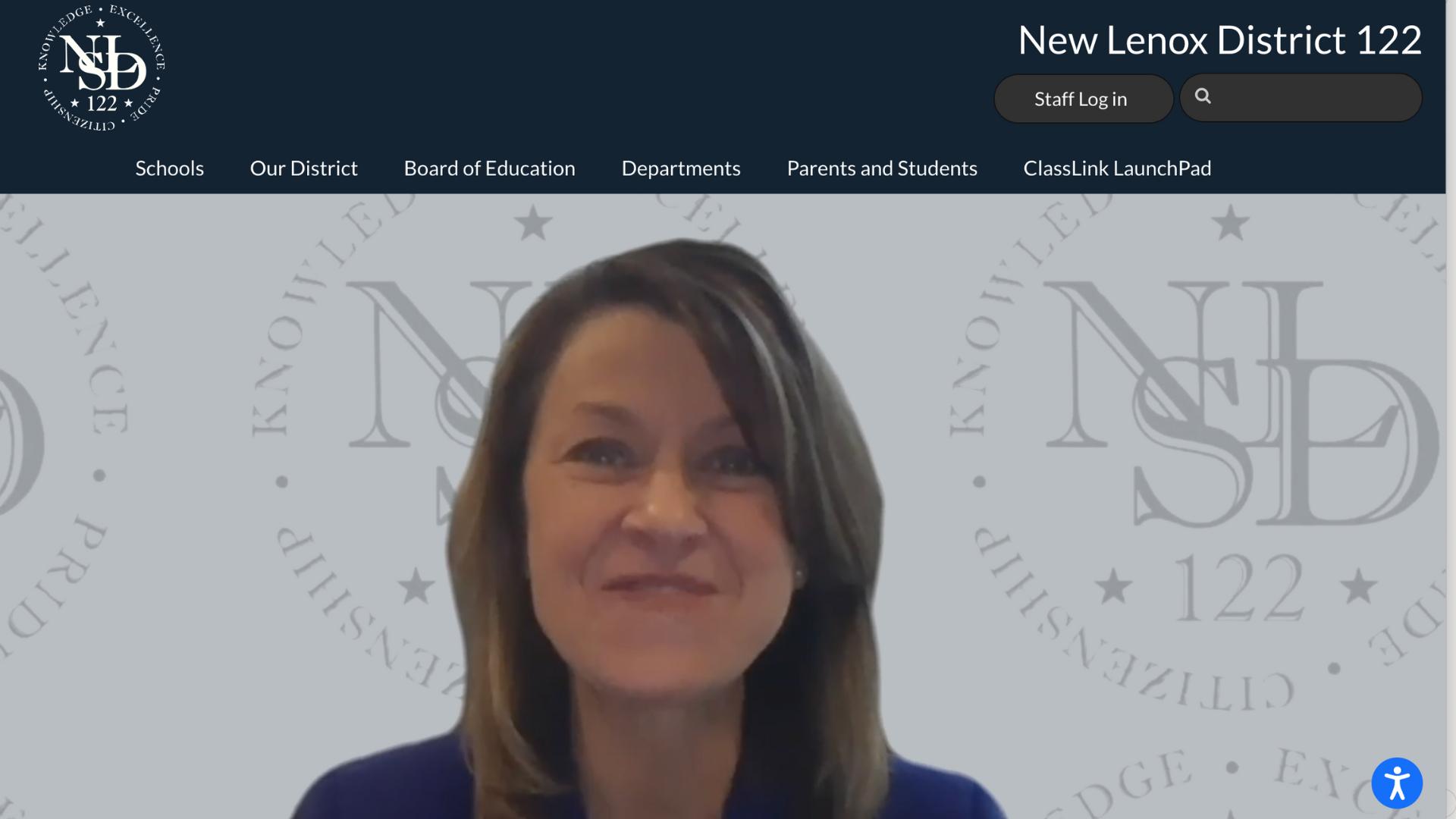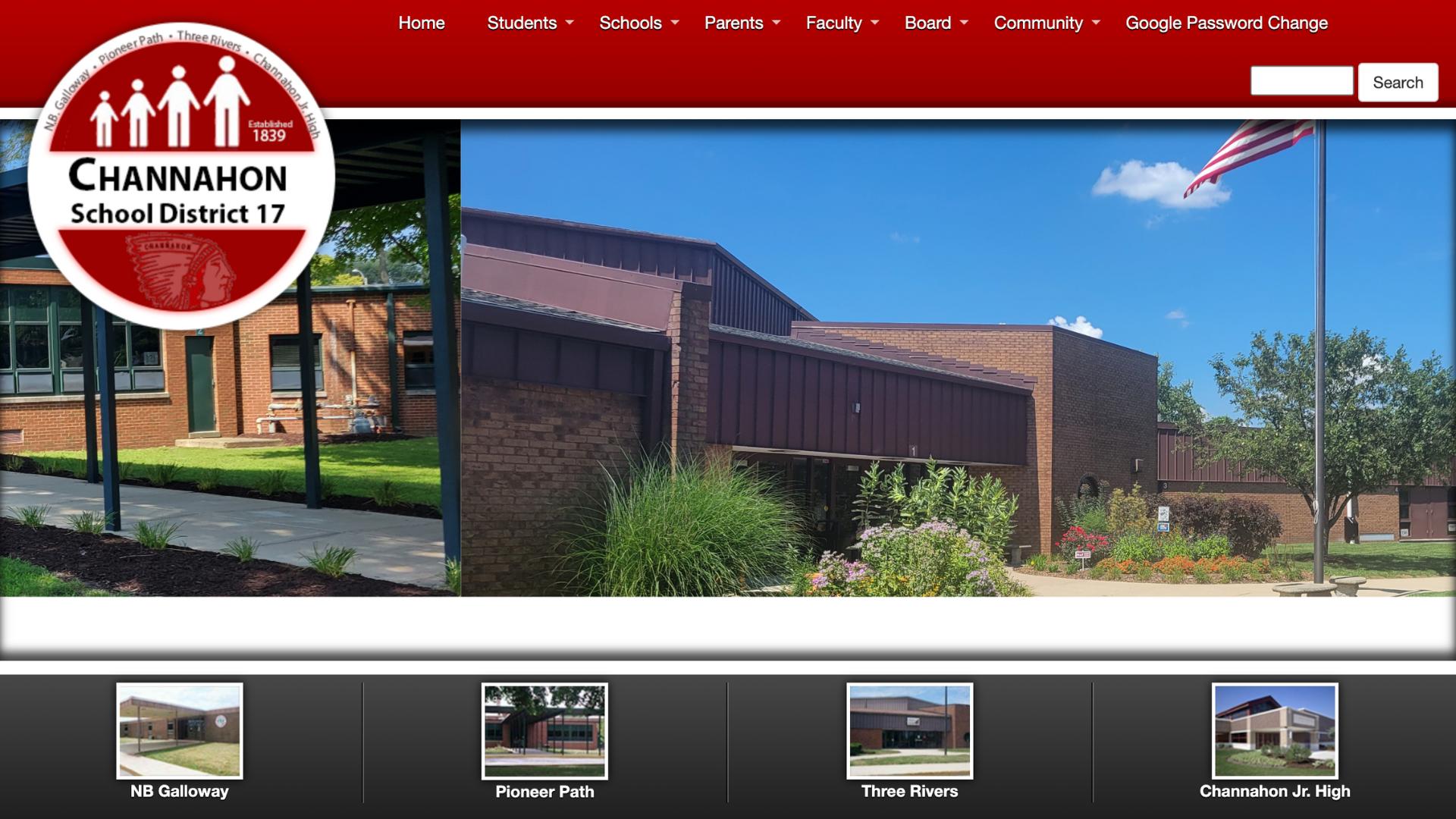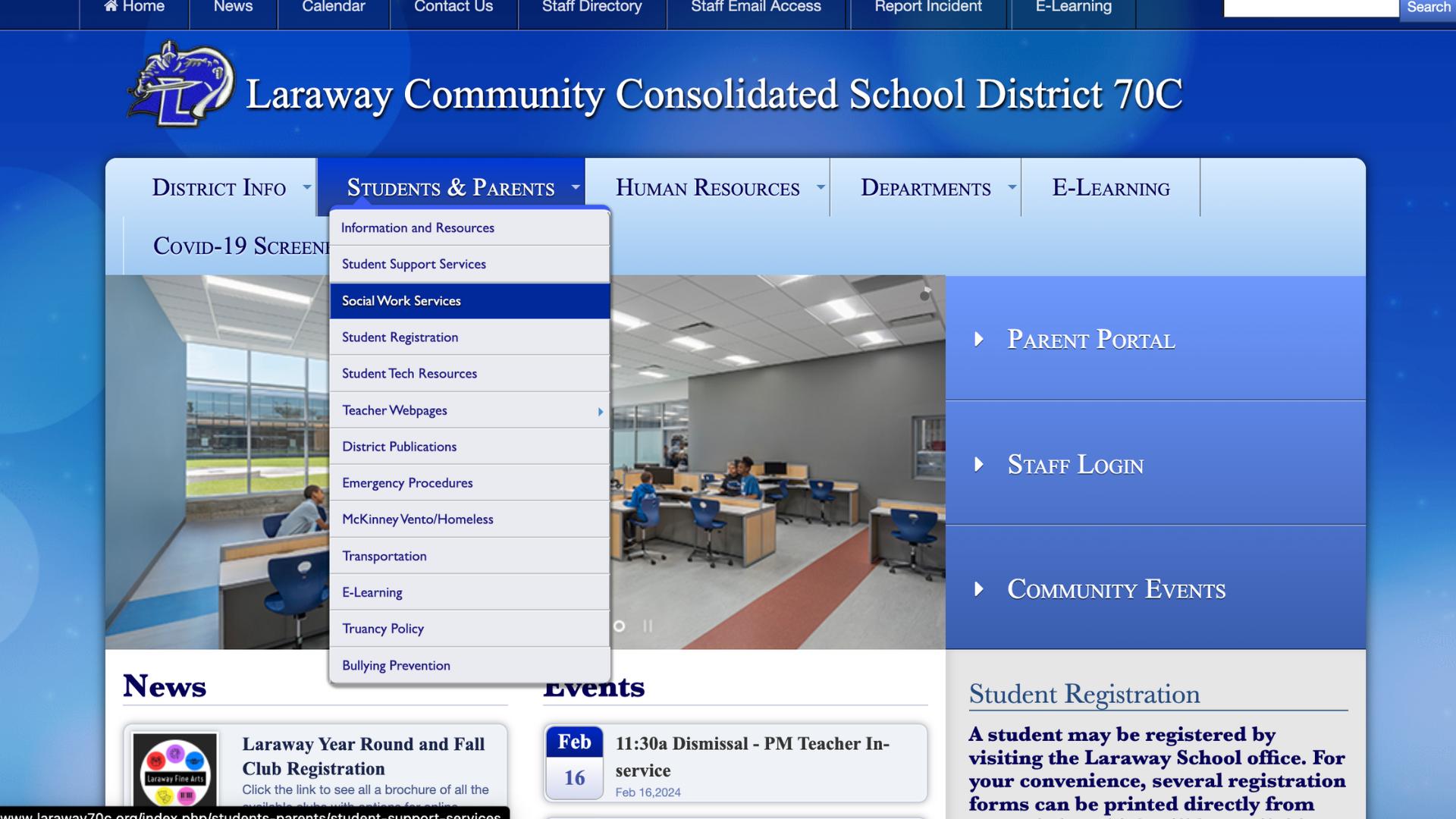In this digital era, the landscape of education is not just changing—it's evolving at warp speed. And with this evolution, technology in education is not just an add-on; it's becoming the backbone of how we teach and learn.
Here’s a snapshot of how deeply technology has embedded itself in the educational fabric:
- Picture this: In the US, there's at least one computer for every five students in 90% of K-12 schools. And internet access? It's virtually everywhere, with 98% of classrooms connected.
- The EdTech market is on a meteoric rise, ballooning from USD 254.80 billion in 2021 to a projected USD 605.40 billion by 2027. That’s not just growth; it’s a revolution.
The Heart of the Matter: School District Portals
Now, let’s zoom in on school district portals. They're not just websites; they’re dynamic ecosystems that link students, parents, and educators in a vibrant online community. These portals are pivotal in making education websites more accessible, interactive, and engaging for everyone involved. And in a sign of the times, 96% of US schools are now online, bringing the internet into the educational experience of countless students.
The Evolution of School District Portals
From their inception as basic informational websites to their current status as integrated learning and communication platforms, school district portals have undergone a remarkable evolution. A significant development in this journey has been the creation of individual school websites within the district's overarching portal. Each school now boasts its own microsite, tailored with specific information, resources, and communication tools relevant to its unique educational community. This decentralized approach allows for the distribution of content that caters specifically to the needs and interests of each school's students, parents, and staff, while still maintaining a cohesive digital presence under the district's umbrella.
Explore the Future of Education: Dive into our Higher Education Websites!
Curious about where education is headed next? Take a moment to explore our collection of higher education websites, each a gateway to the innovative world of advanced learning.

Don't let your intranet hold you back. Download our free assessment and discover how to transform your internal communications.
The Impact of Implementing School District Portals
The adoption of school district portals brings numerous benefits to the educational landscape:
- Centralized Information Access: Providing a single access point for information and resources across all schools in a district fosters consistency and convenience for all stakeholders.
- Streamlined Communication: By facilitating direct and efficient communication between teachers, students, and parents, these portals ensure that everyone is on the same page, enhancing the educational journey.
- Accessibility to Resources: With round-the-clock access to educational materials, portals support diverse learning styles and schedules, making education more adaptable and inclusive.
- Administrative Efficiency: Digital portals streamline myriad administrative tasks, reducing paperwork and allowing schools to focus more resources on direct educational initiatives.
- Remote Learning Facilitation: In an era where flexibility is key, school district portals provide essential infrastructure for remote learning, ensuring education remains uninterrupted regardless of circumstances.
Implementing a School District Portal: Strategies and Considerations
Launching a school district portal is a multifaceted process that involves:
- Needs Assessment and Stakeholder Engagement: Understanding the unique needs of your educational community and involving them in the planning process ensures the portal will be well-received and effectively utilized.
- Technical Specifications and Vendor Selection: Identifying the right technical solutions and selecting vendors that align with your goals are critical steps in creating a portal that meets your district's needs.
- Project Management and Training: A detailed implementation plan, coupled with comprehensive training for users, ensures smooth adoption and maximizes the portal's benefits.
Looking Ahead: The Future of Educational Technology
As we look to the future, the potential for further innovation in educational technology is boundless. Emerging trends such as artificial intelligence (AI), augmented reality (AR), and virtual reality (VR) promise to make learning even more personalized, immersive, and engaging.
Explore with Example School District Websites
Exploring the websites of New Lenox School District 122, Channahon School District 17, and Laraway Community Consolidated School District 70C can offer us a practical glimpse into how school district portals are being utilized to enhance communication, accessibility, and engagement within the educational community. Let's delve into the features and functionalities that these portals offer, drawing insights into how they contribute to the educational experience for students, parents, and educators alike.
New Lenox School District 122

The New Lenox School District 122 website serves as a comprehensive gateway for the community, showcasing how digital platforms can centralize information and resources. Key features likely include:
- User-Friendly Navigation: Ensuring that students, parents, and educators can easily find information such as school calendars, lunch menus, and every school in the district.
- Communication Tools: Offering direct lines of communication through email directories, newsletters..
- Educational Resources: Providing access to learning aids, and external educational links, supporting students' learning journeys outside the classroom.
Channahon School District 17

The website for Channahon School District 17 might emphasize the importance of community engagement and administrative efficiency, with features such as:
- Streamlined Administration: Digital forms and documents for enrollment, health services, and permissions, simplifying processes for parents and staff.
- Real-Time Updates: A news section or bulletin board highlighting district news, achievements, and updates, keeping the community informed and engaged.
- Integrated Teacher Portals: Linking out and providing teachers with a platform for coursework, assessments, and feedback.
Laraway Community Consolidated School District 70C

- Laraway’s portal might focus on fostering a supportive and inclusive educational environment, with functionalities like:
- Accessibility Features: Ensuring that the website is accessible to all users, including those with disabilities, through compliant design standards.
- Personalized Learning Resources: Offering tailored learning materials and links to supplementary educational content, catering to diverse learning needs and preferences.
- Calendar: Encouraging interaction among students, parents, and teachers, fostering a sense of community and providing a platform for discussion and support.
Common Themes and Insights
Across these examples, several common themes emerge, highlighting the transformative impact of school district portals:
- Centralization of Information and Resources: These portals serve as one-stop shops for all educational needs, streamlining access to a wide range of information.
- Enhanced Communication: By providing various tools for communication, these websites ensure that stakeholders can easily connect and collaborate.
- Support for Diverse Learning Experiences: With access to educational resources and personalized learning aids, students can engage with materials at their own pace and in their preferred style, enhancing the learning experience.
- Administrative Efficiency: The digitization of paperwork and administrative tasks not only saves time but also reduces the environmental impact of traditional paper-based processes.
By examining these websites, we can appreciate how school district portals are vital in supporting the educational ecosystem, offering innovative solutions to traditional challenges in communication, resource sharing, and administration. As technology continues to evolve, it will be exciting to see how these portals adapt and grow to meet the changing needs of the educational community.
